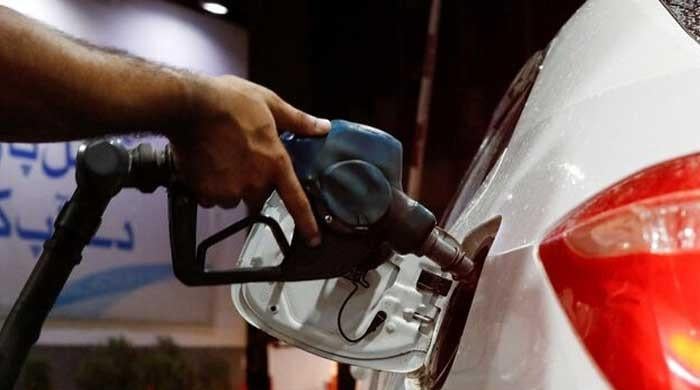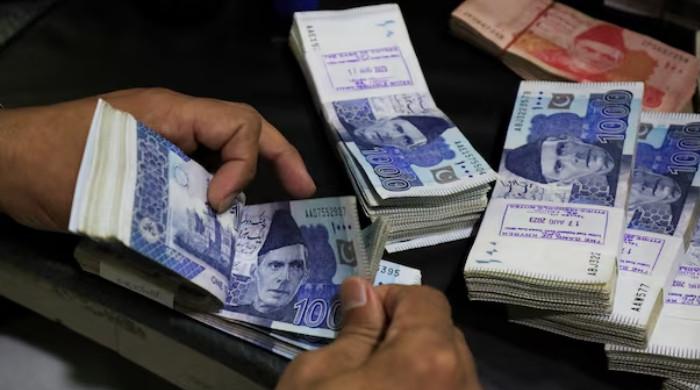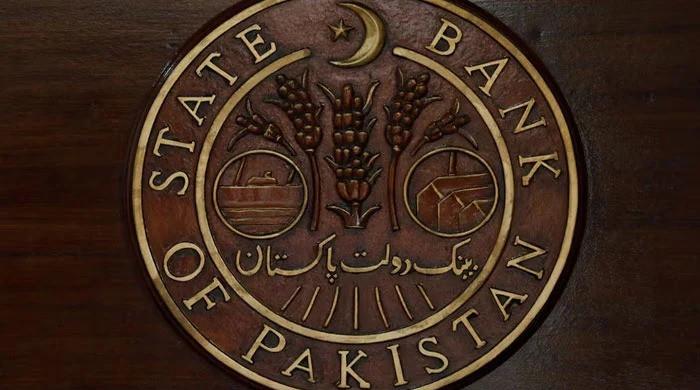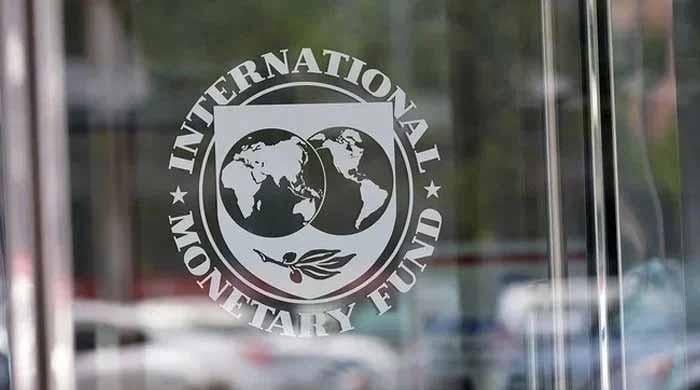Fitch downgrades Pakistan’s outlook to negative
Fitch Ratings revises outlook from stable to negative due to "significant deterioration" in Pakistan's external liquidity position
July 19, 2022
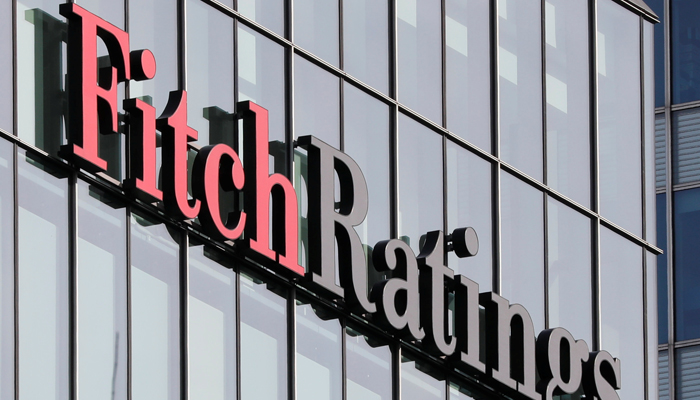
- Fitch Ratings revises outlook of Pakistan from stable to negative.
- Revision due to deterioration in Pakistan's external liquidity position.
- Public debt maturities in FY23 are about $21 billion, it says.
HONG KONG: Fitch Ratings has revised Pakistan's outlook from stable to negative, while affirming its long-term foreign currency (LTFC) issuer default rating (IDR) at “'B-”, the leading provider of credit ratings said Tuesday.
“The revision of the outlook to negative reflects significant deterioration in Pakistan's external liquidity position and financing conditions since early 2022,” the rating provider said in a statement.
Fitch Ratings said that it assumes that the International Monetary Fund’s (IMF) Executive Board will approve Pakistan's new staff-level agreement with the lender.
But it also said that it sees considerable risks to its implementation and continued access to financing after the programme's expiry in June 2023 in a tough economic and political climate.
Moving on to the political situation, Fitch Ratings said that renewed political volatility cannot be excluded and could undermine the authorities' fiscal and external adjustment, as happened in early 2022 and 2018 — particularly in the current environment of slowing growth and high inflation.
Former prime minister Imran Khan, who was ousted in a no-confidence vote on 10 April, has called on the government to hold an early election and has been organising large-scale protests in cities around the country.
“The new government is supported by a disparate coalition of parties with only a slim majority in parliament. Regular elections are due in October 2023, creating the risk of policy slippage after the conclusion of the IMF programme,” it said.
Reserves under pressure and external deficits
The rating provider also noted that limited external funding and large current account deficits (CADs) have drained foreign exchange (FX) reserves, as the State Bank of Pakistan (SBP) has used reserves to slow currency depreciation.
Liquid net forex reserves at the SBP declined to about $10 billion or just over one month of current external payments by June 2022, down from about $16 billion a year earlier, Fitch Ratings said.
Fitch Ratings estimates the CAD reached $17 billion (4.6% of GDP) in the fiscal year ended June 2022 (FY22), driven by soaring global oil prices and a rise in non-oil imports boosted by strong private consumption.
Fiscal tightening, higher interest rates, measures to limit energy consumption, and imports underpin Fitch Ratings' forecast of a narrowing CAD to $10 billion (2.6% of GDP) in FY23.
It also noted that public debt maturities in FY23 are about $21 billion. Maturities of about $9 billion are to bilateral creditors (chiefly Saudi Arabia and China), which should be fairly easy to roll over with an IMF programme in place.
Much of the $5 billion in debt to commercial banks are also to China. The staff-level agreement will potentially unlock $4 billion in IMF disbursements to Pakistan in FY23, assuming board approval of a $1 billion augmentation and extension to June 2023.
IMF deal ‘credit positive’
In its statement a day earlier, Moody’s Investors Service said that the IMF’s staff-level agreement with Pakistan will ease pressure on Islamabad’s forex reserves and termed it “credit positive”.
“The agreement is credit positive for Pakistan because it paves the way for the release of $1.2 billion in IMF financing at a time when its foreign exchange reserves are under significant pressure,” Moody’s said.
“However, we expect the deficit to narrow to 3.5%-4% of GDP in the fiscal year 2023 from 4.5%-5% in fiscal 2022 as imports moderate amid slowing growth and measures to curb nonessential imports.”
Moody’s expects Pakistan's financing needs to remain high during the current fiscal year due to the persistently rising commodity rate in the international market and the country’s need to repay external debt.
“We also expect Pakistan to maintain its engagement with the IMF, which would catalyse financing from other external sources as it focuses on policy priorities that the IMF has identified, including implementing the fiscal 2023 budget, making progress on power sector reforms, lowering inflation, reducing poverty, enhancing governance and mitigating corruption.
“In this scenario, we expect Pakistan to be able to meet its external financing needs for the next few years,” it said.




